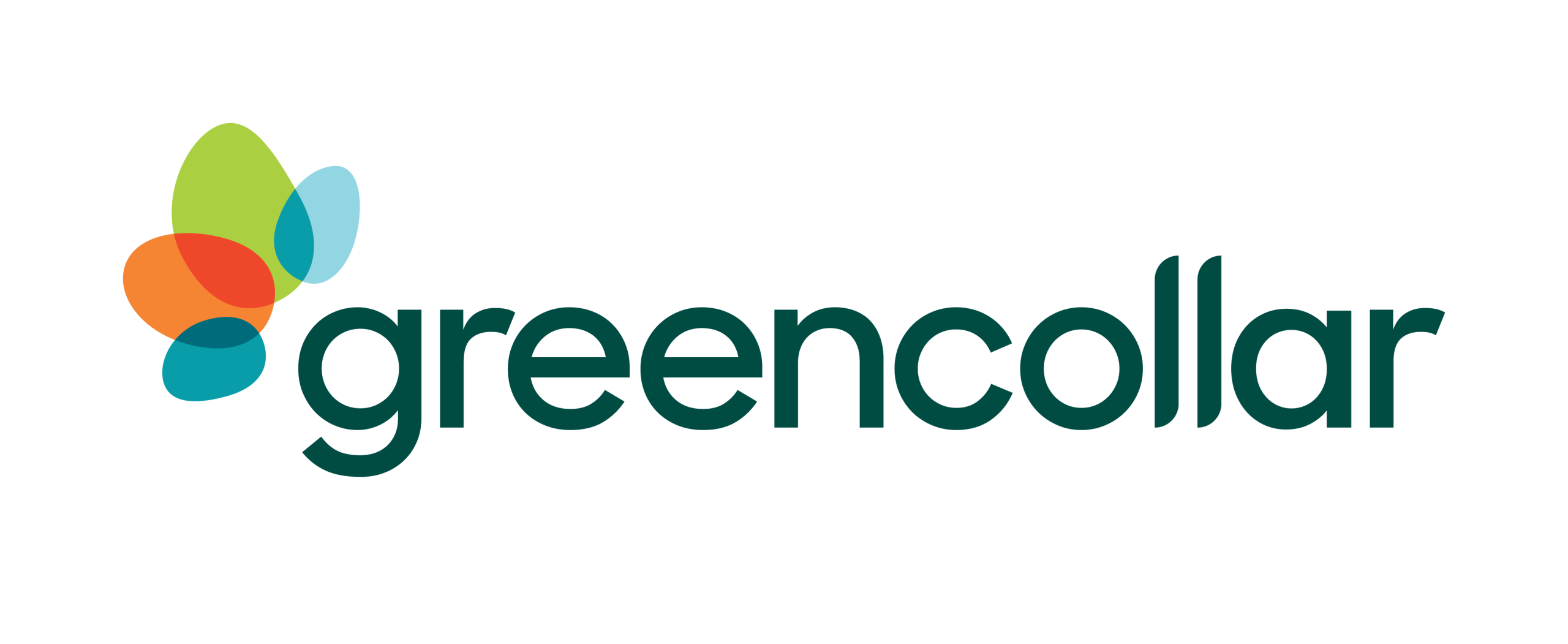Planting trees isn’t everything. For many graziers with high numbers of livestock or broadacre farmers trying to maximise the productivity of their property, land use is of paramount importance. While carbon farming might be attractive for diversifying their income, destocking cattle or setting aside land for vegetation preservation or management simply isn’t possible for some land managers. But there are other ways to participate in the carbon economy. Captured under the banner of Beef Herd Projects, these methods can deliver carbon abatement solutions in a number of ways:
- Reducing greenhouse gas emissions by feeding nitrates to cattle involves substituting urea supplements with nitrate lick blocks. While urea supplements increase dietary protein in pasture-fed beef cattle, they also assist digestion, leading to increased pasture consumption and increased emissions. Replacing some or all urea with nitrates results in decreased emissions. To safeguard against risk to cattle, there is a set implementation that ensures reduced toxicity during the transition.
- Beef herd management cuts emissions and earns carbon credits by improving cattle productivity, reducing the average age of the herd or decreasing the number of unproductive animals in a herd, to reduce emissions per kilogram of liveweight produced. Eligible agricultural practices may include:
- supplement feeding to increase cattle growth
- establishing higher quality pastures
- improving herd genetics
- Culling unproductive animals
- Increased total annual liveweight gain of the heard through changed livestock class proportions
- Reducing greenhouse emissions by feeding dietary additives to milking cows applies to farmers who are milking pasture-fed cattle for at least nine months of the year, and involves increasing the fat content of diets. This reduces emissions through enteric fermentation, a digestive process caused by animal feed being broken down by microorganisms and made more easily digestible. Canola meal, brewers grain, hominy meal and dried distillers grain are all eligible supplements for Emissions Reduction Fund (ERF) approved projects.
- Animal effluent Management methods are designed for farmers managing piggeries and dairies to introduce new ways to treat waste by the use of a treatment facility to manage organic effluent through emissions destruction or emissions avoidance.
- Emissions destruction captures biogas using an anaerobic digestor and destroys the methane in the biogas using combustion.
- Emissions avoidance treats effluent by removing volatile solids by using a solids separation diversion method. This is achieved aerobically (with air) through stockpiling or composting.
The ways for managers of livestock to participate in the carbon market are numerous, even on properties where the premium on land value is especially high. GreenCollar always works closely with land managers to develop optimal solutions tailored to specific operational needs. For more information and calculators on the above herd management methodologies, visit the Clean Energy Regulator website.







